The 12-inch MacBook: A Different Mac for a Particular User
When I consider Apple’s new 12-inch MacBook, I can’t help but think of my retired parents. My dad is a fan of his iPad mini, while my mom is glued to her 13-inch MacBook Pro with Retina display. But if they had to do it over again, I’m convinced they would get his-and-hers MacBooks (see “New 12-inch MacBook Joins Updated MacBook Air and MacBook Pro,” 9 March 2015). (For the rest of this article, when I say “MacBook,” I mean the recently released 12-inch MacBook, not any of the previous models that share the same name.)
With the new MacBook, Apple is improving on its consumer notebook experience with features like a Retina display and Force Touch trackpad, while also radically simplifying the overall package (for more on the trackpad, see “Force Touch Trackpad Makes MacBooks More Compelling,” 20 March 2015).
Replacing most familiar ports with a single USB-C port has stirred controversy among Mac geeks, but my parents wouldn’t care, or even notice. They’d use the USB-C port to charge the machine, and wouldn’t have much interest in the port’s other purposes, such as data transfer or driving an external display.
The MacBook is underpowered compared to MacBook Pro models and even the MacBook Air. Those who have benchmarked the MacBook say it’s about on par with a 2011-era MacBook Air. But, again, my parents wouldn’t care. My mother’s 2014-vintage MacBook Pro packs more power than a MacBook, but she rarely needs it, given her relatively modest computer uses. A MacBook would suit her just fine.
For Dad, a MacBook would be an iPad-alternative fitted with a better keyboard.
For Mom, the MacBook would be the simple notebook she wants for use at home and on vacations. It would also have a Retina display like her MacBook Pro, but in a more portable package. The MacBook delivers on that score at just over 11 inches, 2 pounds, and a maximum thickness of a half inch.
That’s crazy small even by MacBook Air standards, and perfect for Mom.
Cost? My mother paid $1,279 for her MacBook Pro with Retina display (a refurb purchase made last month), which puts her squarely in MacBook territory. The new notebook starts at $1,299. That’s steep for my father given that his iPad mini cost much less, but I’d wager he’d go for it given a laptop’s better functionality.
I’d bet my parents would also swoon over the MacBook’s good looks. Mom would get her MacBook in gold, I am all but certain. Dad? He’d definitely go space gray.
My point in bringing up my parents: the MacBook is a different kind of Apple notebook for a particular kind of owner who values minimalism and simplicity above all else.
If you’ve been gnashing your teeth at the MacBook’s relatively modest performance, and panicking about that USB-C port while scouring the Web for various kinds of USB-C cables and adapters to figure out how to integrate a MacBook into your Apple existence, you’re not that sort of user. Get a MacBook Pro, for Pete’s sake.
But the 12-inch MacBook looks to be a nice fit for other kinds of users. Here are profiles of a few such hypothetical MacBook buyers — see if you resemble one of these people.
The Cloud Navigator — I’m surprised at the degree to which I have forsaken native Mac apps for Web or “cloud” equivalents — notably Google services. I’m in a browser or browser-based app (like TweetDeck or MailPlane) almost all the time.
While you can fire up a browser on any Mac for hardcore Web-app use, doing so seems especially appropriate on this MacBook. The machine may not be able to keep pace with other portable Macs but it has more than enough power for mainstream computing tasks, with Web browsing being among the most common of those.
The MacBook may be, in some ways, Apple’s answer to the Chromebook (see “Google’s Chromebook Makes for a Fine Auxiliary Laptop,” 24 February 2014), the increasingly popular kind of notebook running Google’s Web-centric Chrome OS and intended for use almost exclusively with Web apps.
Chromebooks, like the MacBook, are being positioned as simple laptops for users who don’t need much power and don’t want any complications.
Most Chromebooks are much cheaper than the MacBook, but that tends to make them chintzier. Apple would argue that buying a MacBook is money well spent for top-flight hardware along with the option to run native apps alongside Web apps.
The only Chromebook roughly similar to the MacBook is Google’s Chromebook Pixel, with a just-as-nice screen and greater power under the hood at a lower cost than the MacBook, starting at $999. The Pixel is heavier and bulkier, but has two USB-C ports along with two standard USB ports.
The Entertainment Addict — The MacBook’s glorious 2304-by-1440-pixel screen makes it a terrific computer for watching streaming video, viewing and editing photographs, reading books, and other kinds of relatively passive entertainment.
What’s more, its petite size makes it less of a burden for such pleasurable pursuits than, say, a MacBook Pro. And while you can’t hold the MacBook in one hand while reading, the way you would with an iPad, it sits better in your lap or on a table.
The iPad has long been positioned as the perfect device for entertainment and information consumption. It still is, but I would argue that the MacBook is a tempting alternative — more so than, say, an 11-inch MacBook Air with a lower screen resolution and screen proportions that suddenly seem awfully cramped to me.
The Tablet-for-Work Recanter — The iPad, though primarily a device for information consumption, is also positioned as a tool for getting real work done. I’ve long pounded that drum, noting that the keyboard cases from a wide range of manufacturers turn iPads into pretty nifty mini-laptops (see “iPad Versus MacBook for the Mobile Writer,” 17 February 2014).
With the MacBook’s arrival, though, that argument may be wearing thin. The MacBook is only slightly longer and wider, and considerably thinner, than an iPad Air 2 in my favorite keyboard case, Belkin’s QODE Ultimate Pro Keyboard Case for iPad Air 2.
The MacBook has a larger, more comfortable keyboard than the cramped ones built into iPad cases. And the keyboard is fully integrated, not wirelessly linked via sometimes-unreliable Bluetooth. The display is bigger. The apps and operating system are more capable on the Mac than the iPad.
In short, an iPad Air 2 with a keyboard case now feels like a wannabe MacBook.
The Hardcore Keyboarder — Some will buy a MacBook for casual pursuits that do not involve heavy keyboard use. I am looking at you, Mom and Dad.
But others, like myself, put a lot of miles on our keyboards. That brings me to what may be the MacBook’s most controversial feature: its revamped keyboard, which feels markedly different from those on older Apple notebooks. The keys have a larger surface area but less vertical “throw,” due partly to the laptop’s thinness. They have a harder, harsher feel.
This bugged me at first and, as I write this, I have not completely adapted, but I am getting there. I’m seeing decent accuracy after an initial period of clumsiness. Interestingly, I’m most at home on the keyboard when taking notes during interviews, which involves super-fast typing in a hyper-concentrated state. In other words, when I forget about the hardware and just let my fingers fly, the keyboard performs splendidly.
I’m also starting to like the keyboard’s extra-firm clicking due to a redesigned key switch mechanism (“butterfly” instead of “scissor”).
Little is more personal than someone’s preferred keyboard, and the MacBook keyboard could be a deal breaker for some. I think I’m fine with it, though. And since the MacBook is a near ideal device for writers of all kinds, I suggest having an open mind about its keyboard. But I also strongly encourage you to try one in person before buying.
Modest Multimedia — I was surprised to see Apple’s advanced Final Cut Pro X installed on demo MacBooks in Apple retail stores. I shouldn’t have been. Though the underpowered MacBook is not a video editor’s dream, it does run Final Cut reasonably well.
I tossed a couple of my modest work-related video projects at it and felt little frustration. I got my projects done with minimal delay, and I have more Final Cut work queued up for the week remaining in my MacBook press-loan term.
I do chafe a bit at certain limitations. The MacBook does not have much on-board storage for media files, and my standard strategy of hooking up external solid-state storage via a Thunderbolt port doesn’t work here.
So, if video editing is your bread and butter, the MacBook shouldn’t be your primary Mac. But those with lighter video-editing needs (via iMovie or something fancier) shouldn’t have major issues apart from using USB-based external storage via an Apple adapter.
MacBook Gear — Speaking of which, some who buy MacBooks may want to spend a bit extra on accessories to make their use of the laptop a bit more practical and pleasurable. None of the following are must-haves for all MacBook users, but you will know if you need one or more of these.
Apple’s own audiovisual adapters, including the USB-C Digital AV Multiport Adapter and the USB-C VGA Multiport Adapter, are necessary if you want to use an external monitor or projector via HDMI or VGA. While you’re doing that, you can power the MacBook via a USB-C port in either adapter, and use the standard USB port also built into both for whatever you wish.
My test monitor has a DVI port, but I was able to get the MacBook working with it by adding a DVI-to-HDMI adapter to the mix.
Apple also offers a USB-C to USB Adapter for plugging in a wireless-mouse transmitter, external drive, or the like, but you can’t charge the MacBook while using the adapter.
If you need a standard USB port for charging some other device, Twelve South’s PlugBug attaches to an Apple laptop charger (including the new one for the MacBook) and supplies a USB port, as well as its own prongs for plugging into the wall.
Alas, it’s only for charging; there’s no data-transfer link to the MacBook. Note, also, that the PlugBug is not an exact fit for the new USB-C charger, but it works just fine. A MacBook-customized version is surely coming.
Twelve South has two PlugBug models, including a $35 U.S. model and a $50 World version with an assortment of international plugs.
A spare charger can come in handy, and you don’t have to use Apple’s $49 charger because USB-C is an open standard, unlike Apple’s MagSafe. For instance, you can use the Chromebook Pixel’s $60 charger if the Apple one is out of stock, and there will be cheaper ones.
Apple, in a support document, says third-party USB-C power adapters will charge the MacBook “if they adhere to the USB Power Delivery specification.”
As an experiment, I attached an iPad charger to the PlugBug and tried to charge the MacBook that way. While this arrangement charges an iPad just fine, it doesn’t seem to supply enough power to charge the MacBook.
Finally, a bag, case or sleeve may be a good idea because I suspect that shiny, non-glowing Apple logo on the lid will scratch easily. I have always been partial to gear from WaterField Designs, and the company has a line of products designed for the MacBook.
Wrap-Up — The MacBook is a beautiful machine that I would never buy, partly because its USB-C port is too restrictive, and also because I can get far better performance for the money with other portable Macs.
These are hardly concerns for the people Apple wants to woo with its new laptop. They include folks like my parents who want a notebook that looks lovely, isn’t overly complicated, and is thin and light enough to take everywhere. It’s also great for Web-app users, video and ebook addicts, tablet-for-work recanters, hardcore keyboarders, and casual video editors.
The MacBook may feel exotic now, but its newfangled technology is undoubtedly headed for other Apple laptop models in the coming months and years. And, like the original MacBook Air, the MacBook will someday be seen as a bold trendsetter. For now, it’s a gorgeous and capable Mac with some practical limitations that restrict it to a specific audience.
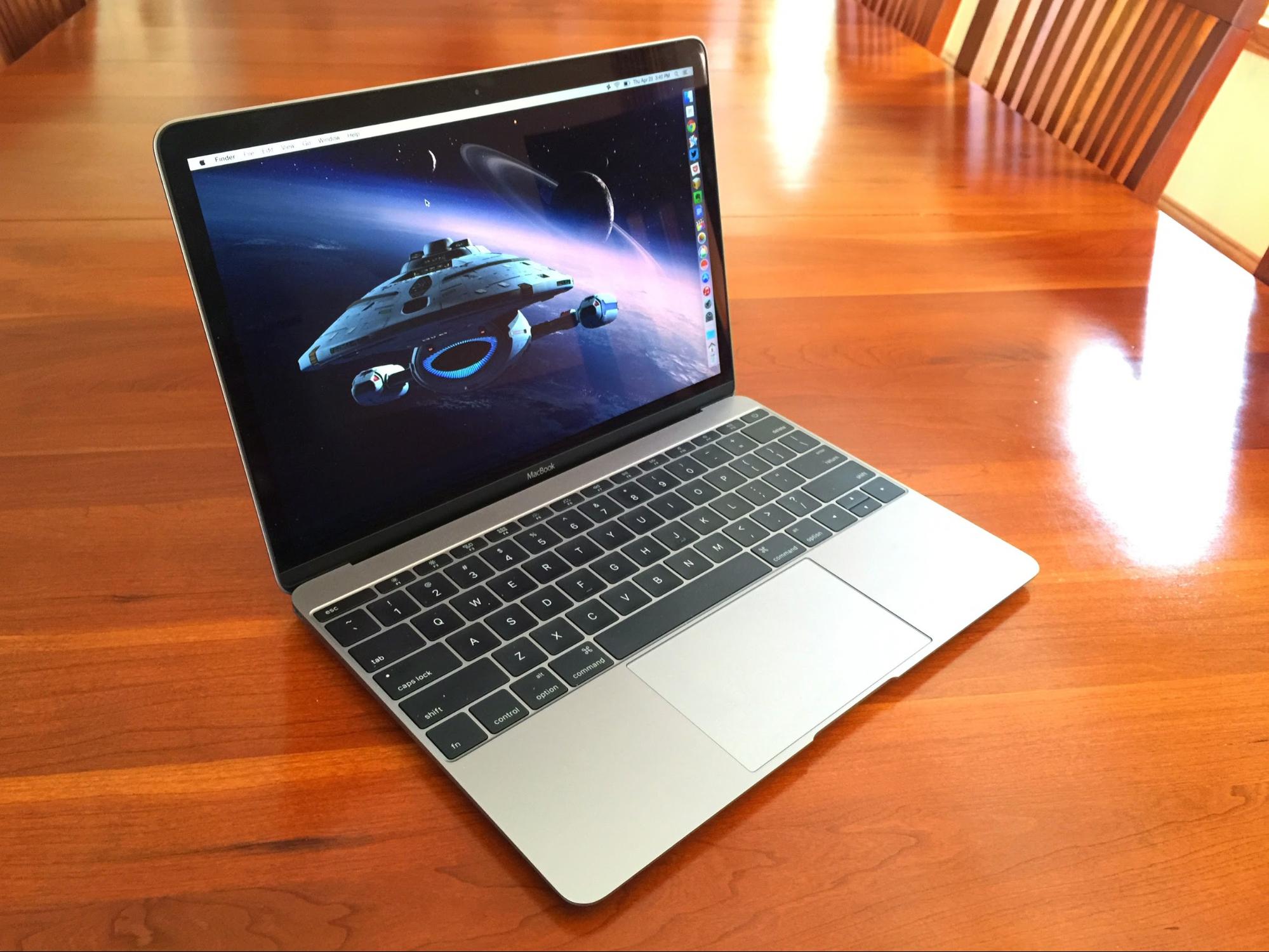
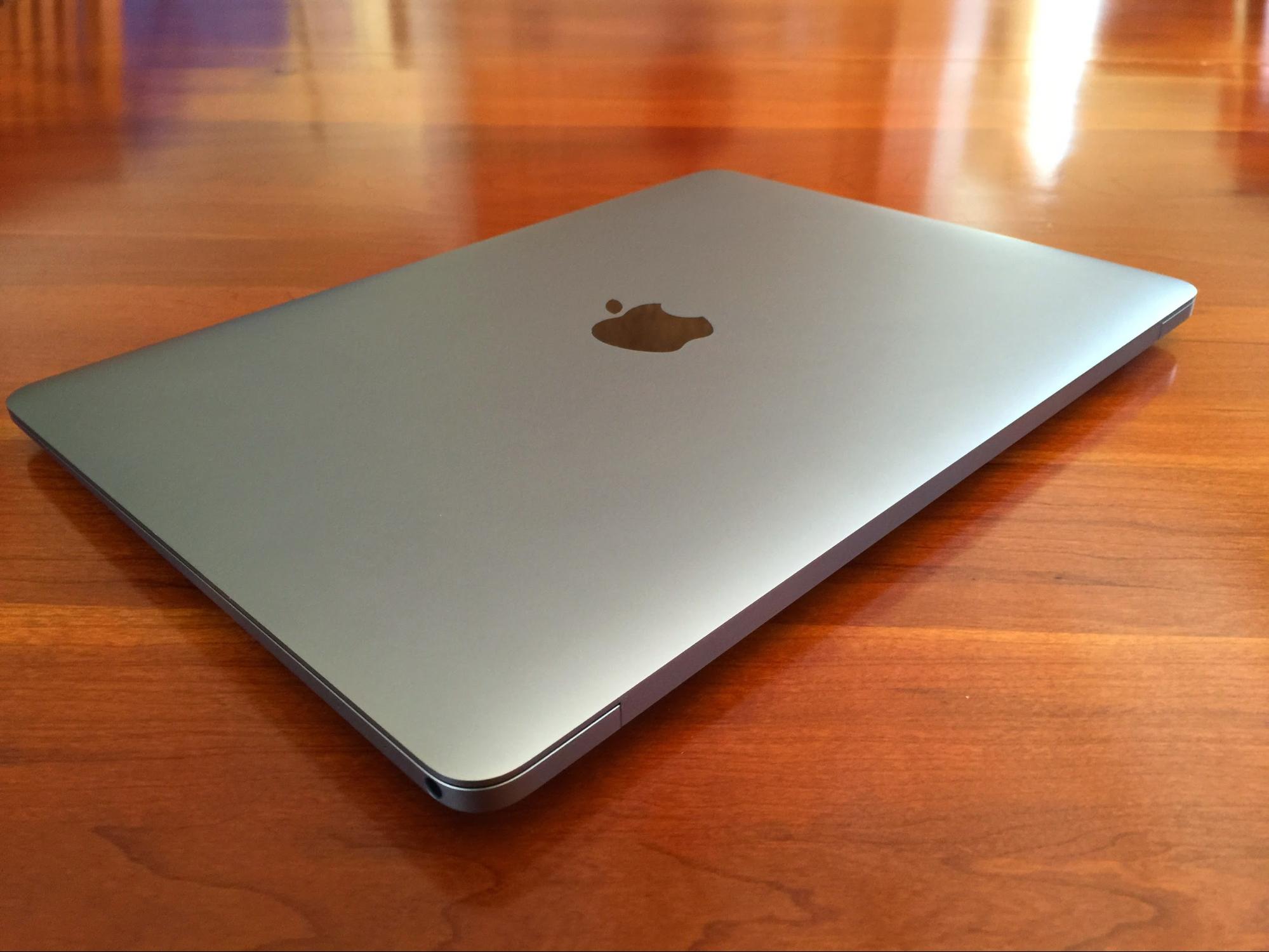
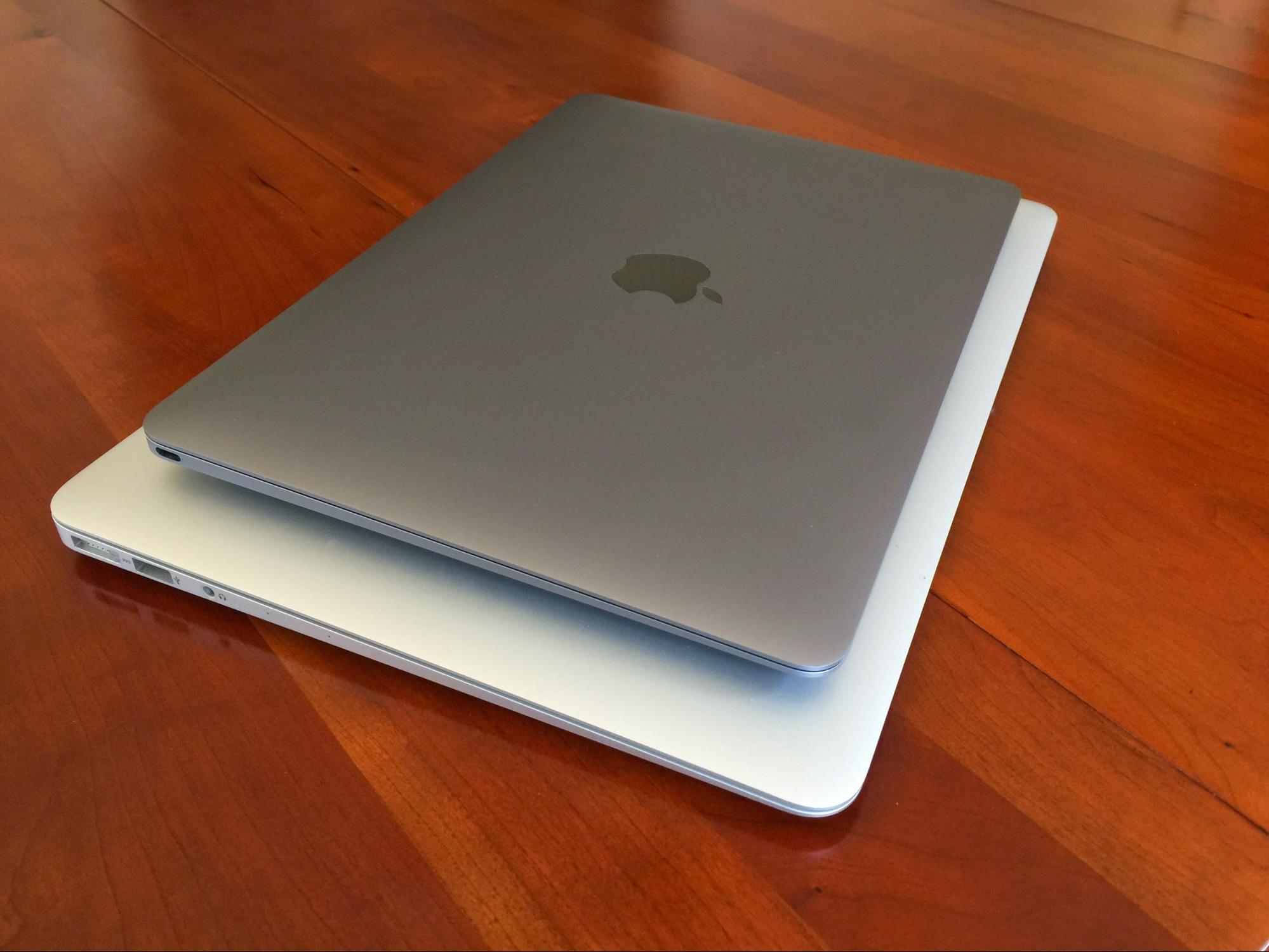
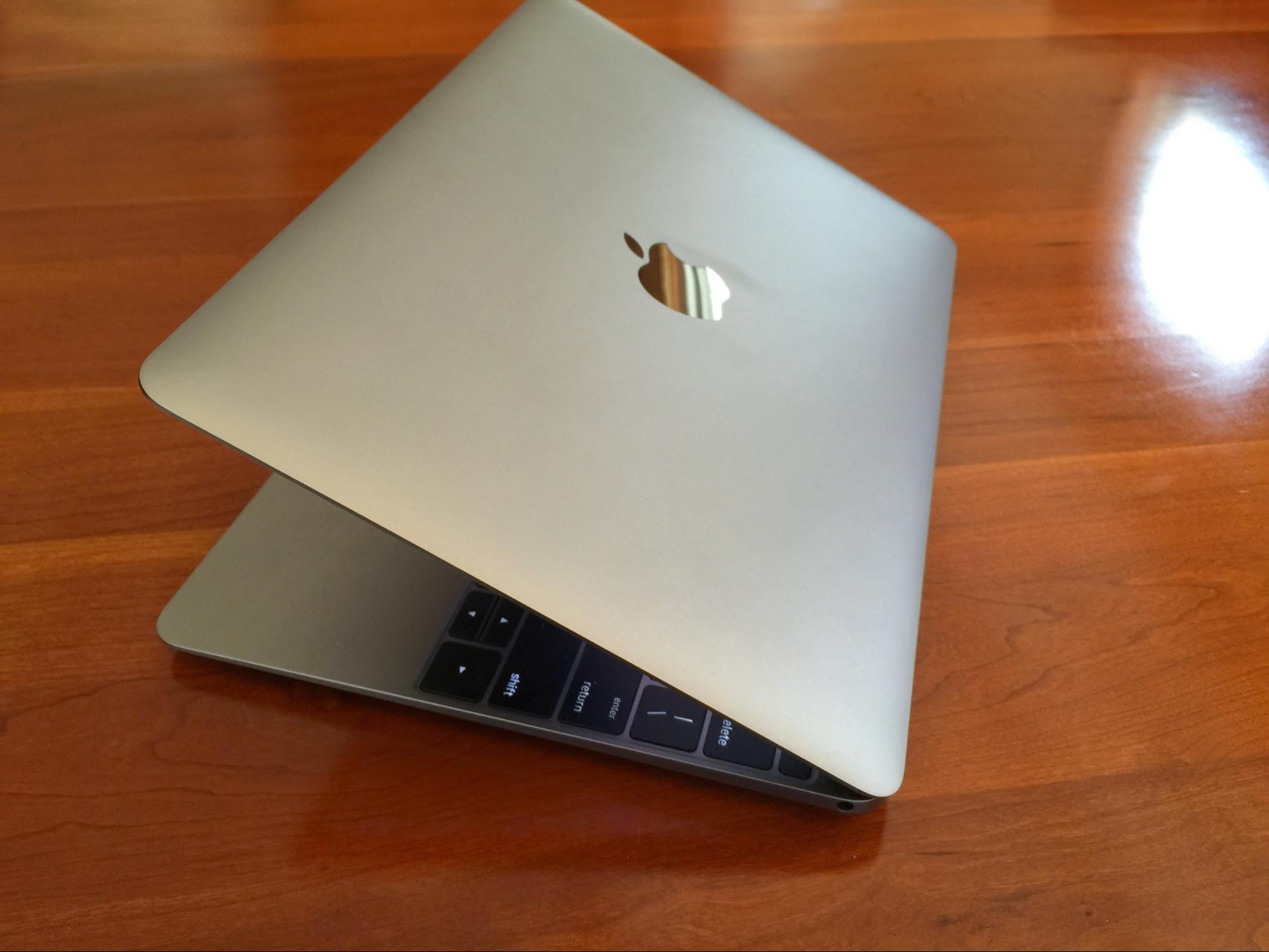
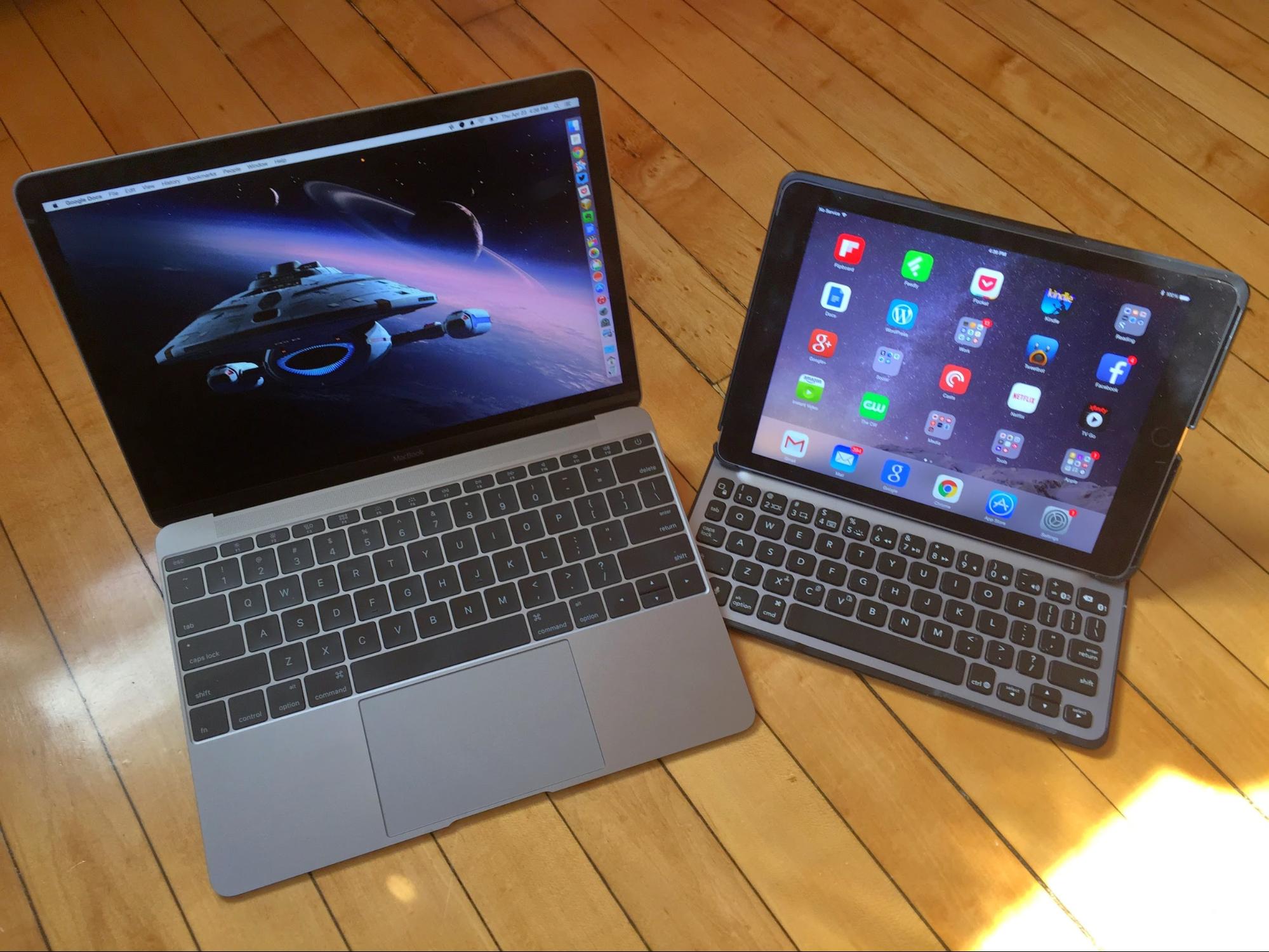
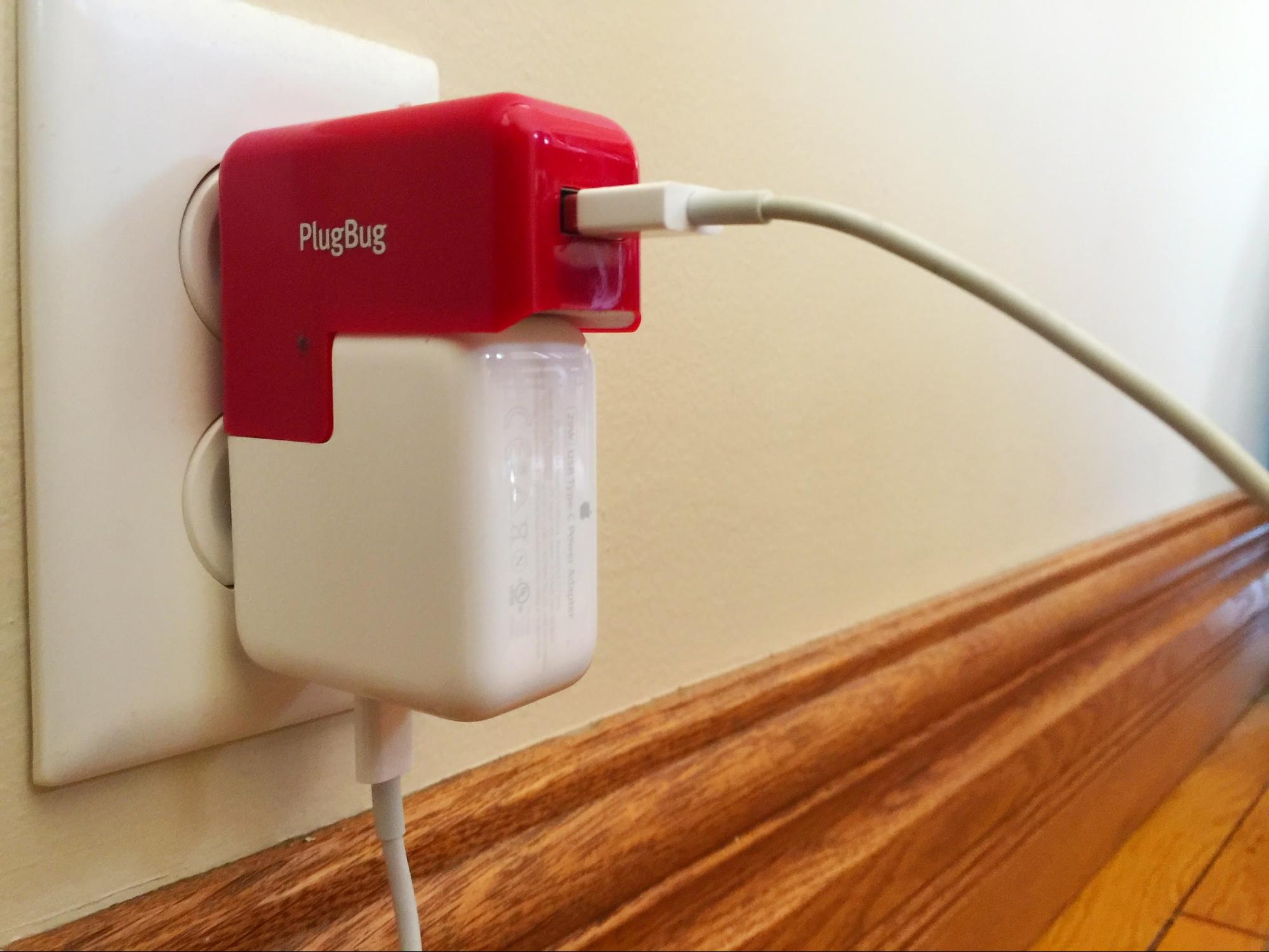
I'm still happily using a late 2008 alu Macbook and this new Macbook is clearly faster than that by all benchmarks. I really don't think CPU power is in any way limiting here (and if it is, a laptop probably is the wrong choice anyway).
This thing will sell great and not only to casual users. I use my MB about 10 hours every day and only rarely attach anything to its USB ports. Getting a fan-less and totally silent machine (finally!) is very tempting...
Also still using a late 2008 alu Macbook, (I replaced original HD with 50 gig SSD). Using latest OSX and tools for software development
Paraphrased: "If this MacBook can't handle it, it's not a job for a laptop"
That is so false; laptops get WAY more powerful than this. This MacBook couldn't handle video editing, but plenty of other laptops excel at it. The same could be said for numerous other things like CAD work, heavy programming, gaming, etc. For a lot of people, the underwhelming performance is an issue.
I said "probably". Of course there are tasks you need more power for. Still, most people buying highly mobile laptops wouldn't even think of that if CPU/GPU power was what they actually needed.
uhuznaa said: Getting a fan-less and totally silent machine (finally!) is very tempting...
I think this is the number one argument for the new Macbook. Finally a computer with no noise!
The Mac geeks who are moaning about this all seem to be using their laptops as desktop replacements, with external drives, monitors, microphones and more. I use my 13" Air for travel and rarely need more than one port at a time. Besides charging the only thing I use is an ethernet adapter as I prefer that to hotel wifi. My Air isn't that old but when the time comes the 12" MacBook will be its replacement.
I agree that the 12-inch MacBook makes a lot more sense as a travel computer - as a primary Mac, it has too many limitations that will prove frustrating.
One niche use that hasn't received much attention is the MacBook's potential for podcasters. Being able to record without worrying about fans spinning up is appealing.
This sounds like a replay of the comments that were associated with the launch of the most popular Macbook ever...the Macbook Air.
I tired of the self professed "real computer users" like yourself who pick on their parents. Honestly, you sound like an unoriginal soundbite - credibility lost.
Do you think the fact that the comments sound similar to what people said about the MacBook Air renders them automatically incorrect? Perhaps people were willing to put up with the MacBook Air's limitations, but won't be willing to put up with the MacBook's limitations, since they are quite different. And perhaps the MacBook Air became as popular as it did because it's also Apple's least expensive laptop.
Personally, I think that if Apple thought the 12-inch MacBook was going to be a huge success, they would have trimmed other models out of the product line. As it is, the MacBook Air is cheaper, more powerful, and more expandable, but doesn't have as nice a screen and is slightly larger. And the 13-inch MacBook Pro with Retina display matches the screen and beats the 12-inch MacBook handily in every other category other than size/weight.
What it really comes down to, I think, is size. If you want the smallest Mac you can get, price isn't a barrier, and performance isn't that important to you, the 12-inch MacBook is pretty attractive.
When introduced in 2008, the MacBook Air was also "overpriced and underpowered," starting at $1800 compared to say the cheaper ($1200), more powerful, and more expandable (white plastic) MacBook. I think the last bit you just wrote could have also been said about the Air in 2008.
I do think Apple should have made sure their own USB-C adapters were shipping on day one and encouraged more 3rd party hardware (though that would've undoubtedly let the cat out of the bag about a USB-C Mac coming). USB-C is even more new-fangled than the original USB was when the first iMac came out, it's hard to remember how long it took to have solutions for connecting pre-USB hardware to the original iMac or USB-based replacements.
Reading is not a passive activity.
As another retired Mac, user, I can tell you I wouldn't touch one of these machines with it's single port. My present MacBook Pro has two USB ports, a FireWire port, a display port, and an SD card reader. I use all of them. I don't want simplicity, I want versatility. I've been an apple user for decades, but I'm tired of Apple telling me what I need and do not need.
One point the author overlooked: The MacBook only supports Target Disk Mode with another MacBook, an unlikely scenario. If you want to migrate your current system – or your mother's system – from another Mac with Migration Assistant, you're SOL. As well, adding adaptors can get expensive, particularly the Apple multi-port adaptors, which are $79 each. Other adaptors are $19 a pop. Then there's the extra weight and space any adaptors will add to your laptop bag. Soon enough any advantage the MacBook has in weight and size will disappear.
Truly this is a limited use Mac.
What worries me is that Apple will see the USB-C port as an option for some of their other models. MacBook Airs have too few ports as it is. They don't need even less. At least you can use Migration Assistant with an Air – and charge it while using an external device.
You did not mention anything about writing code. The new keyboard appears to be ergonomic and responsive too. This macbook is a great way to write code, for Uni students or professionals too. My only quirk is with no usb port, one can't work over serial connections.
I would like to have this new macbook!
Have an excellent day.
How it is for compiling code? That would seem like the major drawback there.
We've learned from Andy Ihnatko that chargers (and batteries!) designed for iOS devices can in fact charge the MacBook. It won't say that it's charging, and Andy says the max is about 90%, but the charge will trickle up slowly when connected to one of these chargers.
Is it just me or is Apple missing a rather fundamental adapter? How about an adapter that turns the single USB-C into one standard USB3 and one USB-C? That way people can continue to charge their MB while they also attach any USB peripherals. In fact, if a hub is attached to that single USB3 port, you could attach as many peripherals as you'd like and still charge all at the same time.
I guess what I'm basically asking for is an adapter like the HDMI/VGA adapters Apple is selling, sans the video output. What Apple's selling appears ideal as a "docking station", but for users on the road, the question remains, what do you do when you need to charge but you still want to use peripherals?
Make this adapter small, sleek, and affordable and I'm sure it will come in handy for many. Quite positive it would also pretty much remove any objections to this MB having "just a single port".
Are there any good Gigabit-USB adapters that don't require any extra drivers/software? Basically something like Apple's old FastEthernet-USB adapter, but for Gigabit.
Thunderbolt is obviously out of the question on this MB. Plus, USB adapters have a distinct advantage over using Thunderbolt: you can attach them to an inexpensive USB hub. Plug in a single USB cable to you Mac and presto all your peripherals AND your network are already connected.
I know there are several Gigabit-USB adapters at Amazon. But most appear geared towards Windows and even if they support OS X they need to install drivers and other software that might not play nice with future OS X updates.
Anybody have a good tip for a Gigabit-USB adapter that works out of the box with OS X?